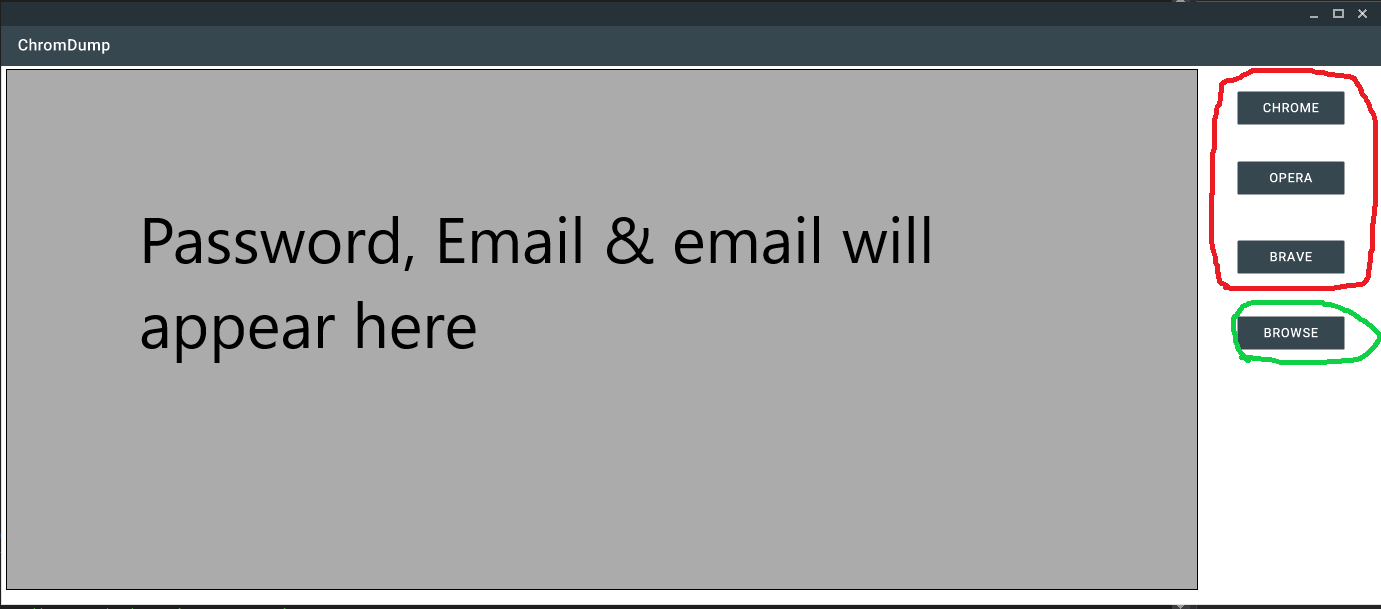- BrowSec is a POC(Proof-Of-Conecept) tool that demonstrates what can a malware do to your (Chromium) Based Browser .
- most of the POC this tool implemented is publicly released techniques.
- all of them were reported and google security team denied to fix them and their reason is "if the attacker have (physical) access to your machine they can do worse.
- i will try to add support for Android , OSX, Linux.
- Chrome or any other Chromium based browser's stores "Saved Password" in a local sqlite database file and the password value is encrypted and decrypted using windows built in Security and Identity's DPAPI.H api.
N.B data encrypted using DPAPI.H can only be decrypted on the machine it was encrypted
DPAPI function to encrypt data
DPAPI_IMP BOOL CryptProtectData(
DATA_BLOB *pDataIn,
LPCWSTR szDataDescr,
DATA_BLOB *pOptionalEntropy,
PVOID pvReserved,
CRYPTPROTECT_PROMPTSTRUCT *pPromptStruct,
DWORD dwFlags,
DATA_BLOB *pDataOut
);
DPAPI function To Decrypt data
DPAPI_IMP BOOL CryptUnprotectData(
DATA_BLOB *pDataIn,
LPWSTR *ppszDataDescr,
DATA_BLOB *pOptionalEntropy,
PVOID pvReserved,
CRYPTPROTECT_PROMPTSTRUCT *pPromptStruct,
DWORD dwFlags,
DATA_BLOB *pDataOut
);
- but chrome encrypts passwords using below parameteres
CryptProtectData(
{ cbData: 28, pbData: "actual password" },
"The password for the site",
null, //optional entropy
null, //reserved
null, //prompt options
0, //flags
{ cbData: pbData: });
- as you can see they are passing the
entropyparameter asnullwhich means anybody with access to the machine can decrypt the encrypted data even if they(Google) passed a private key to that parameter they still have to store it somewhere but can only be decrypted locally. - so anybody can just retrieve the
password_valueand decrypt it by using the same DPAPI.H function'sCryptUnProtectData({...
- i have already implemented the path for Chrome,Brave and Opera Browsers but you can also choose the path for other chromium based browsers.
- It's a surprise
